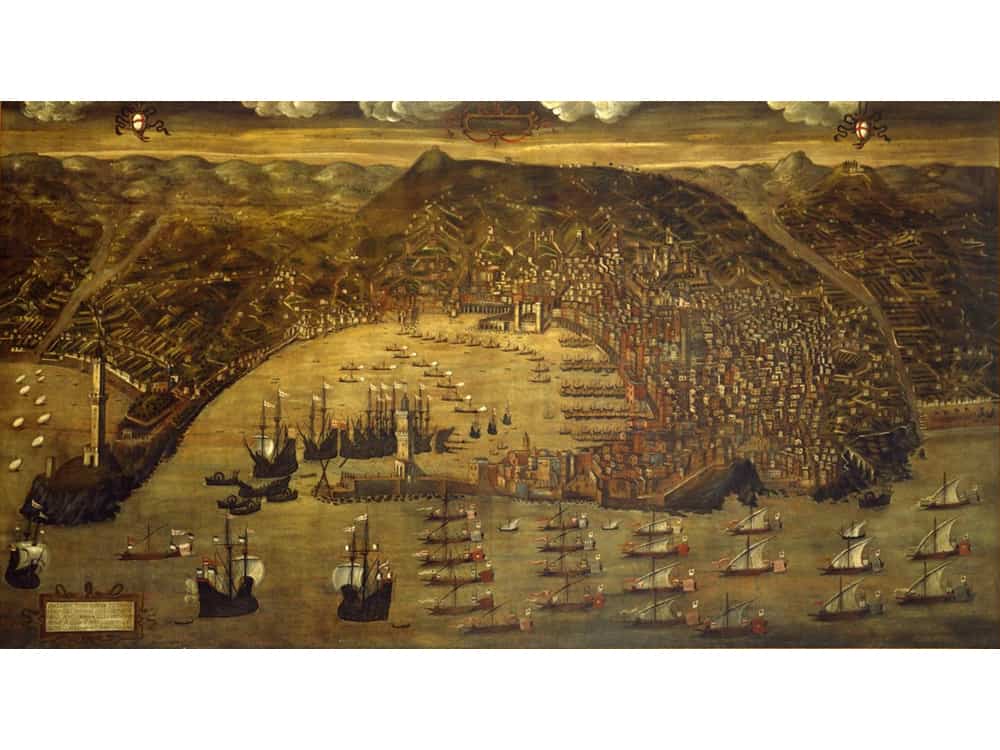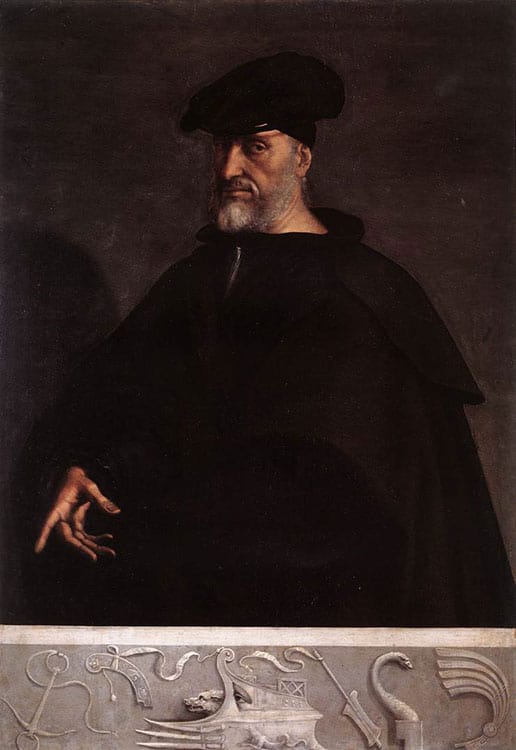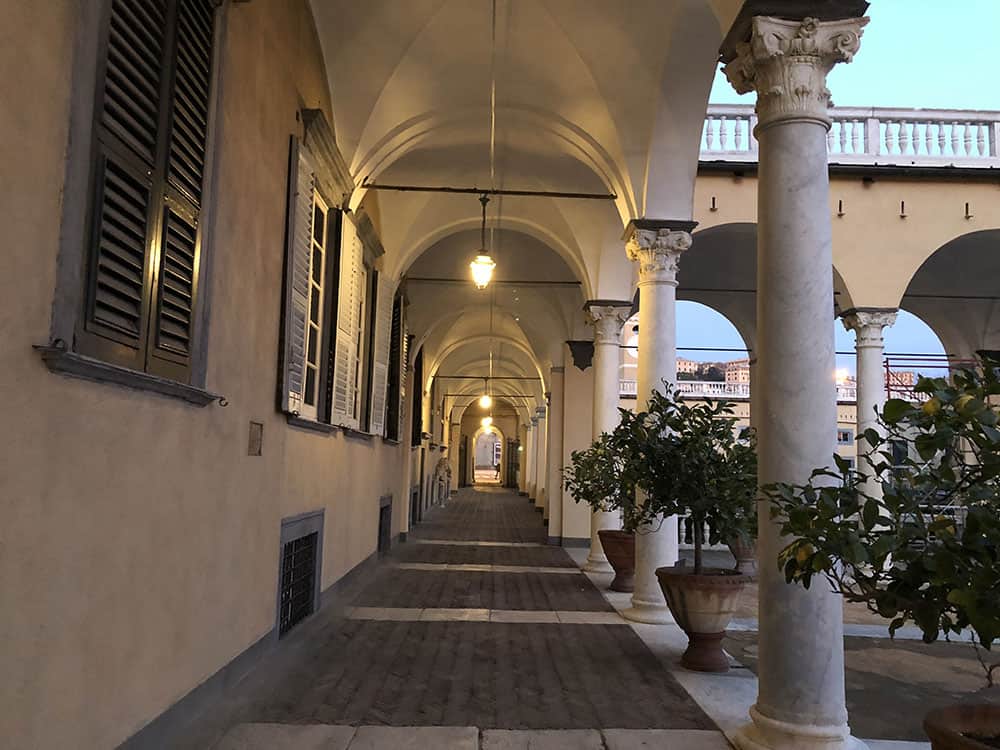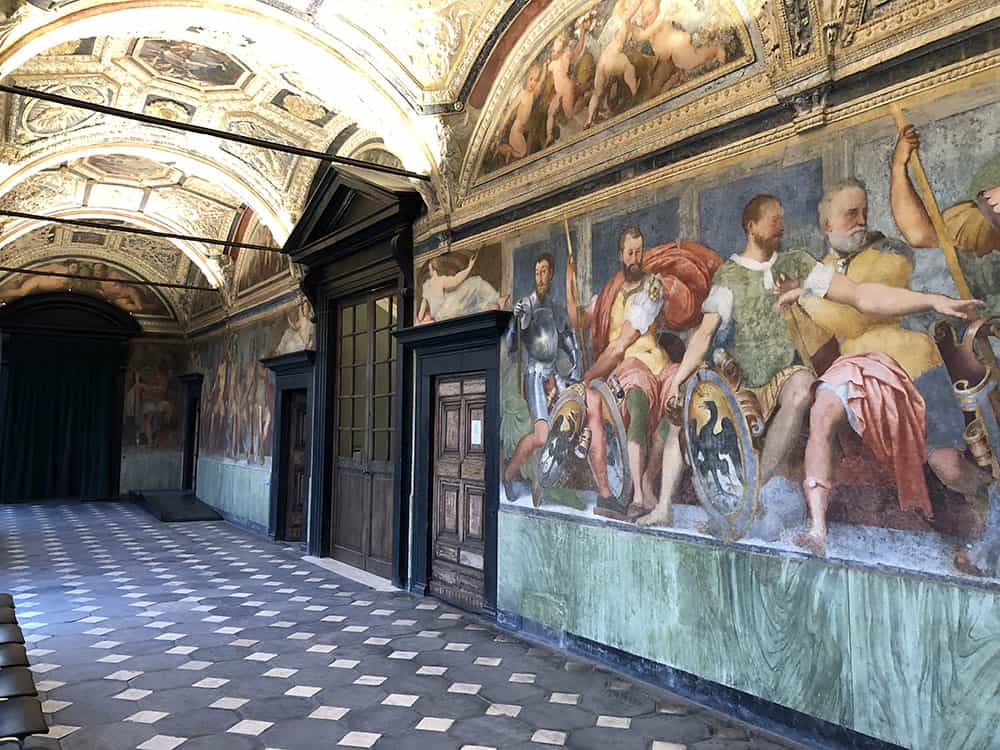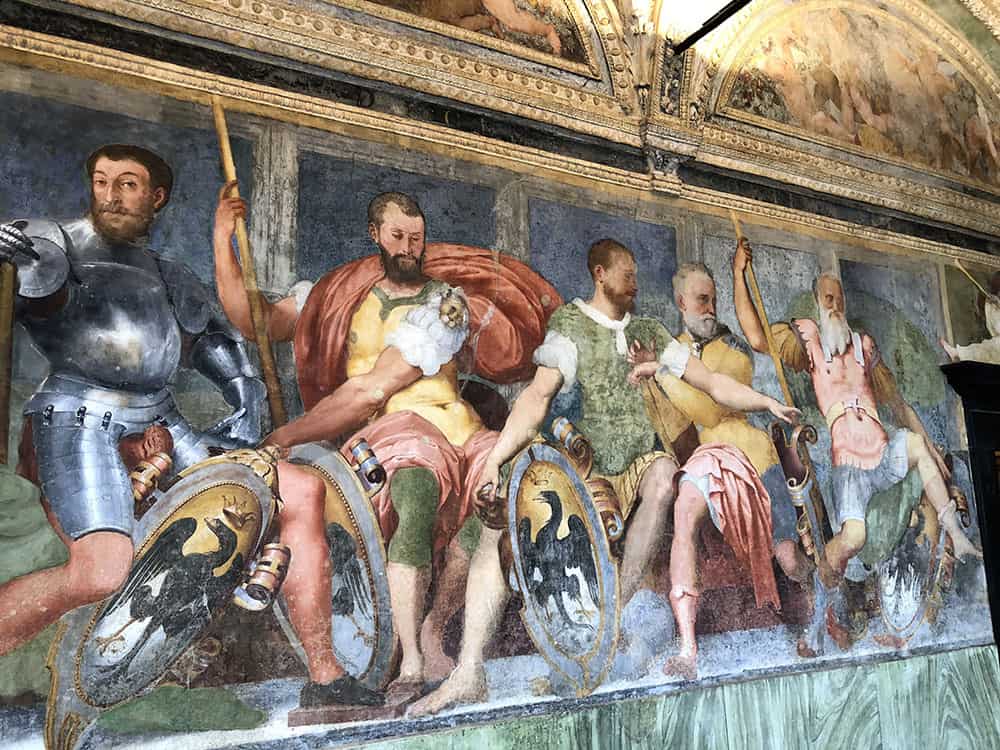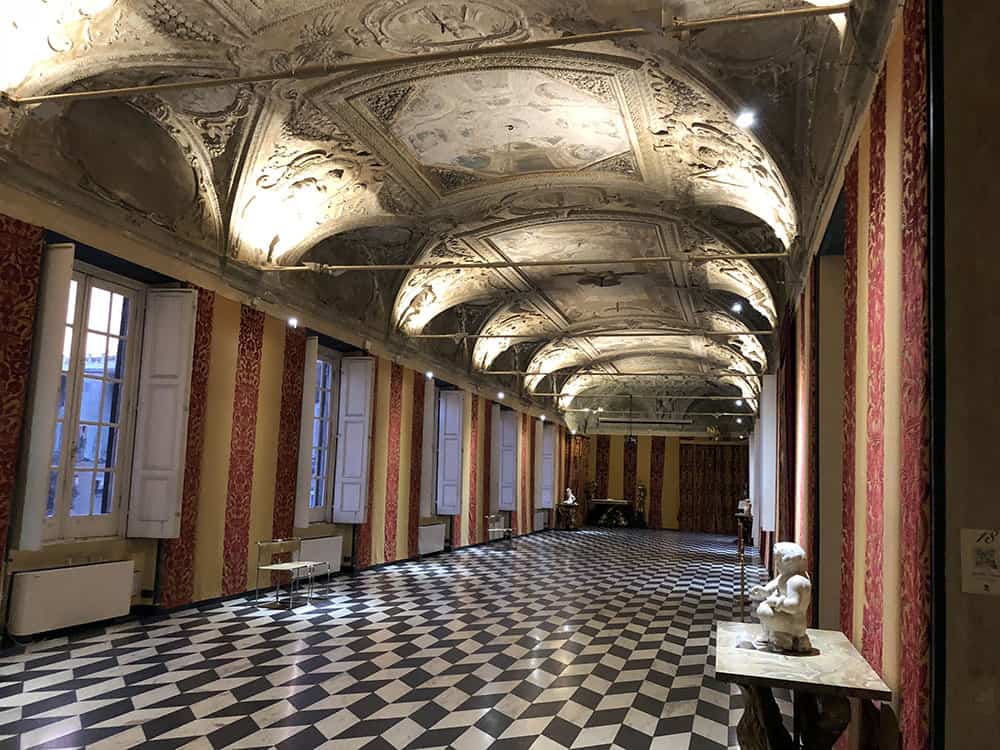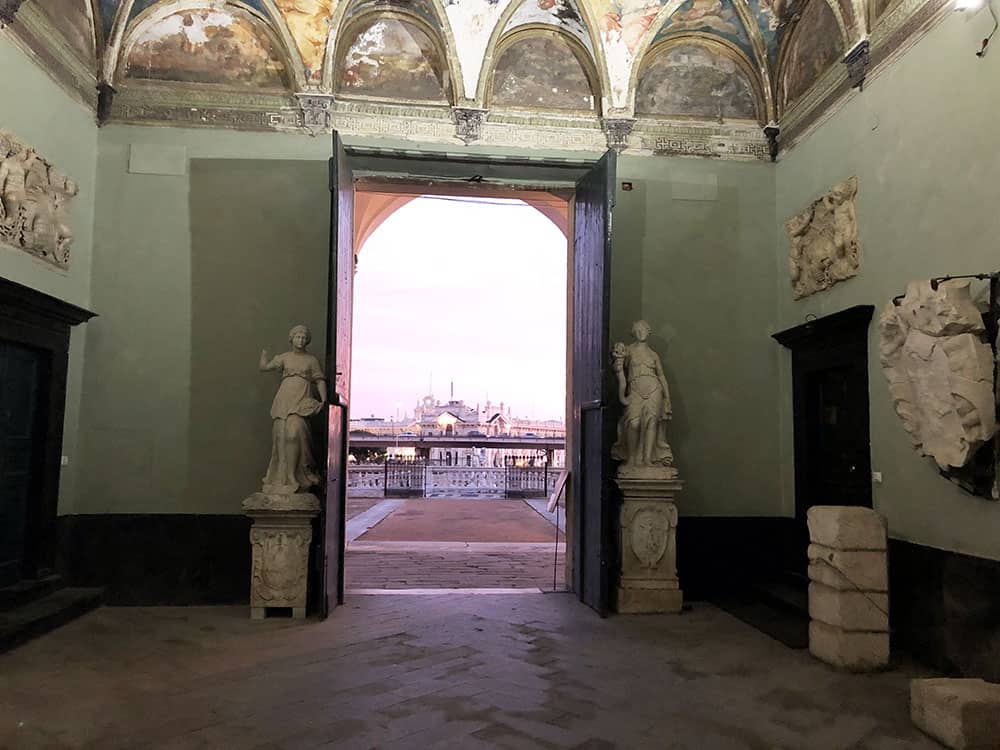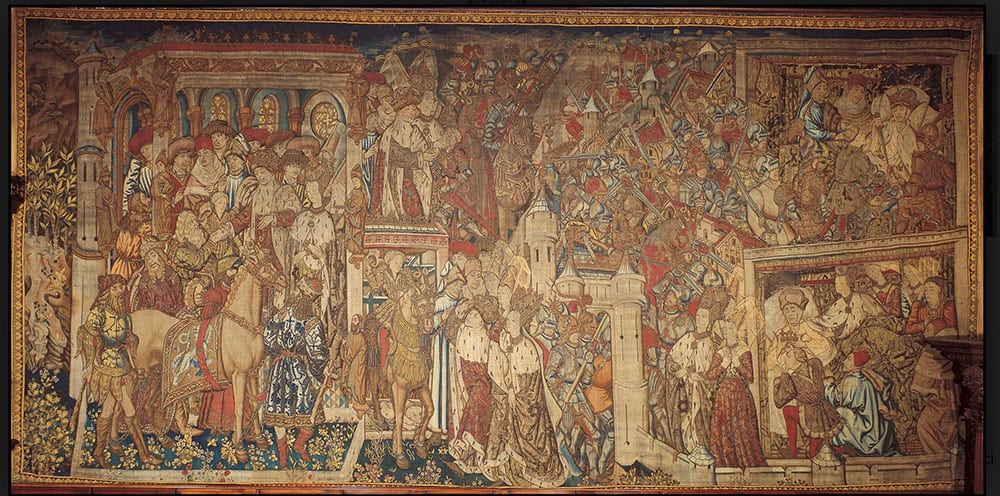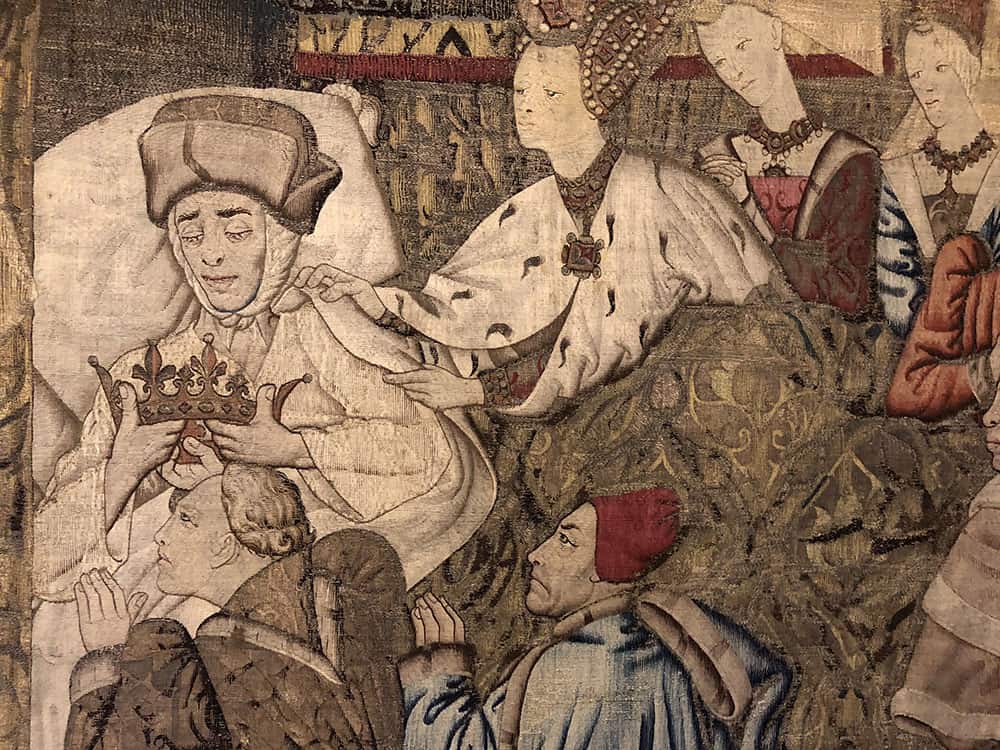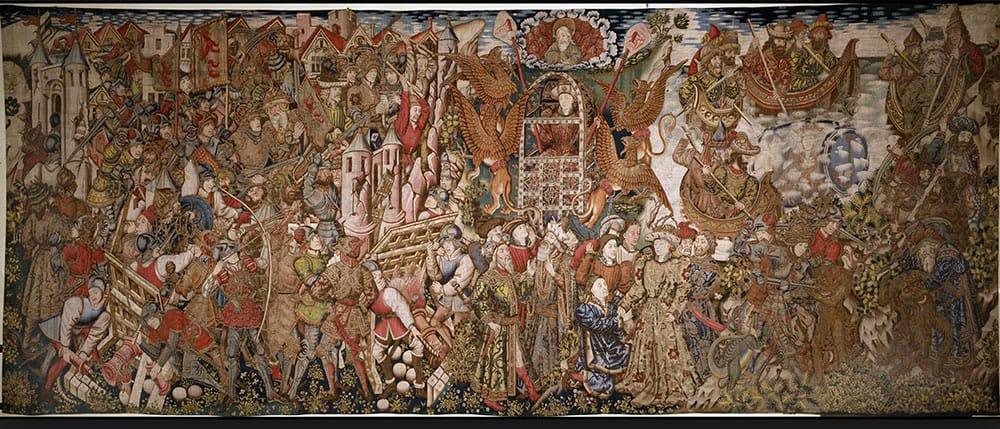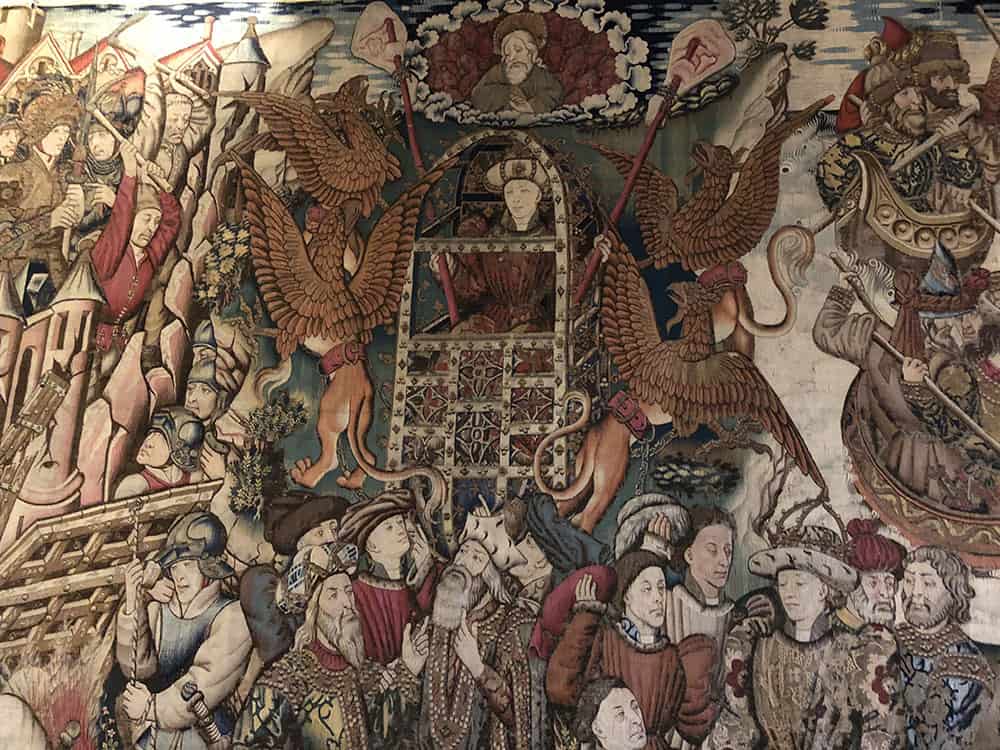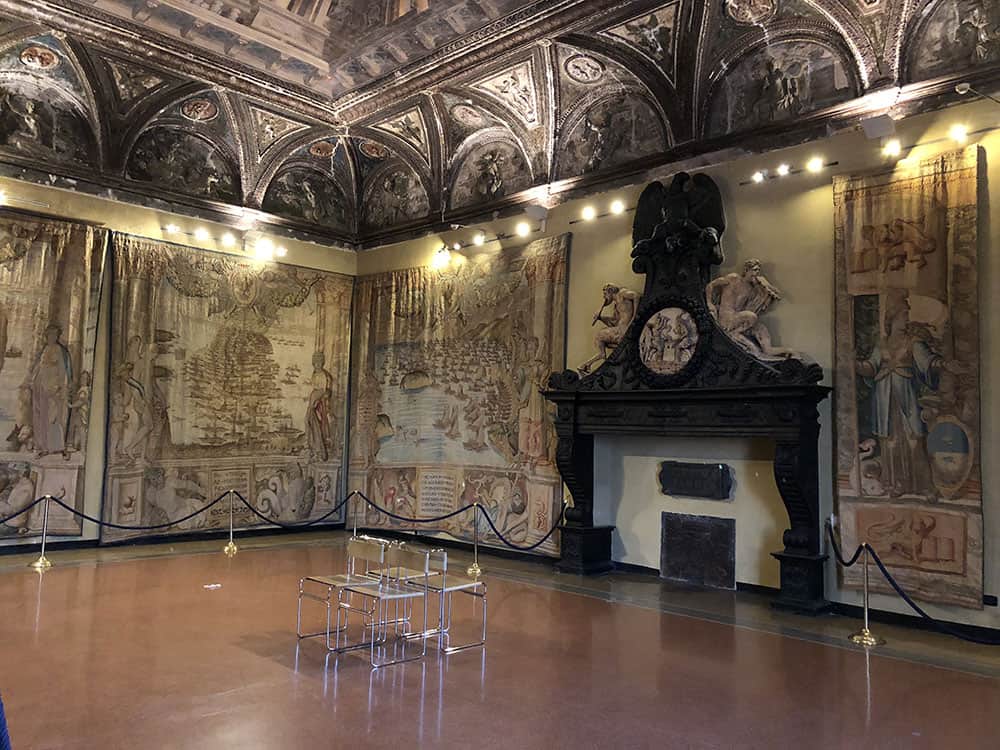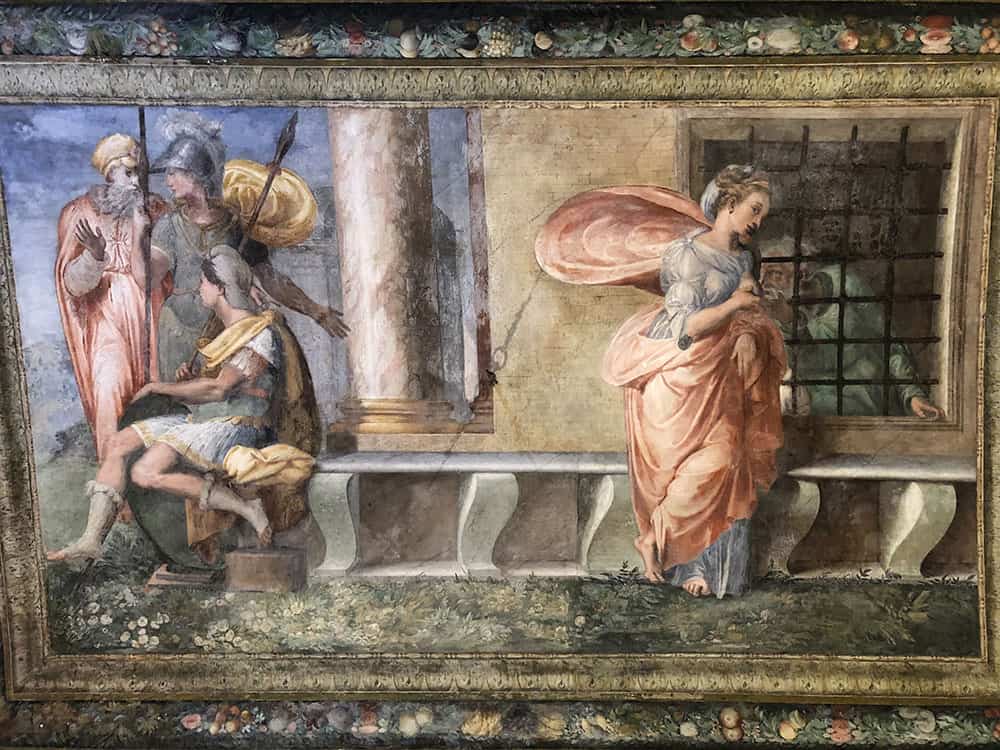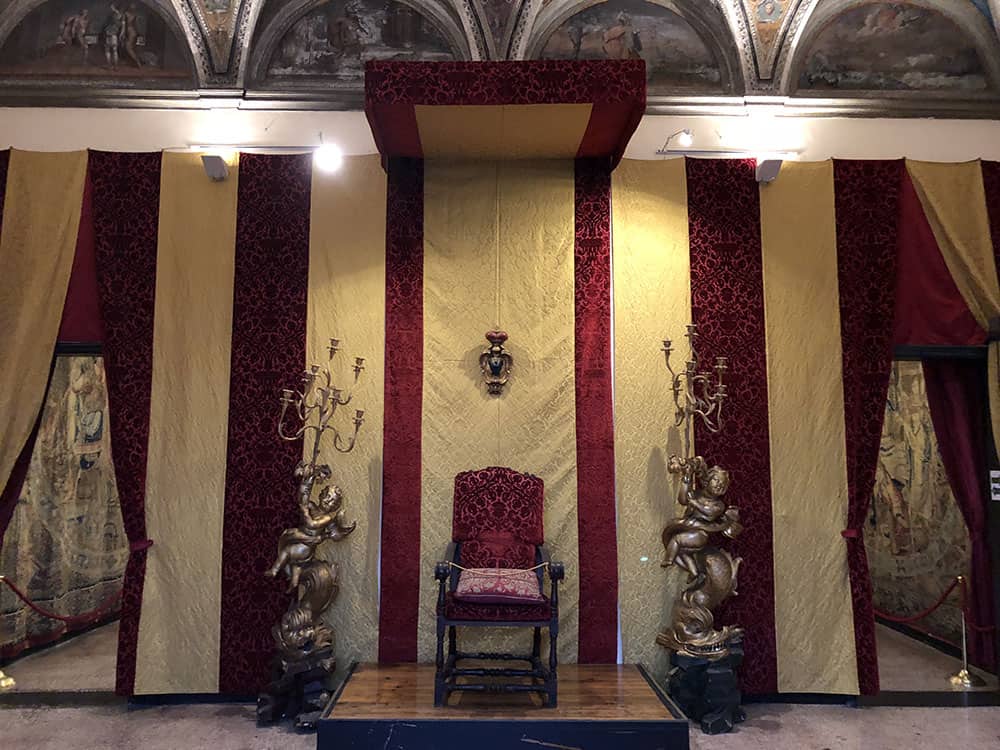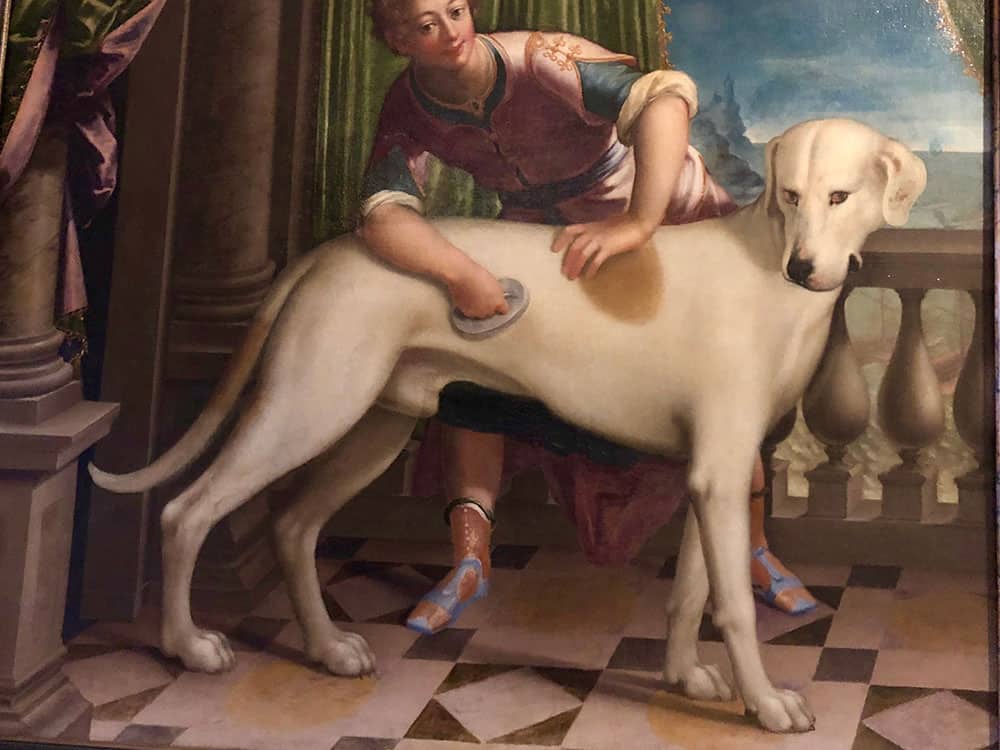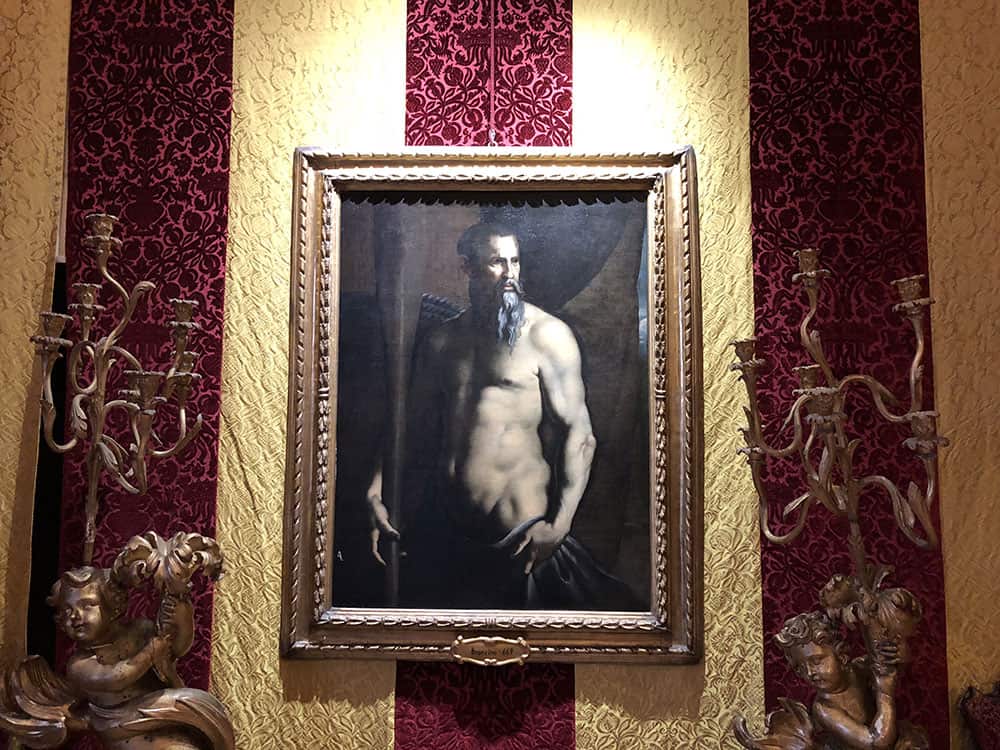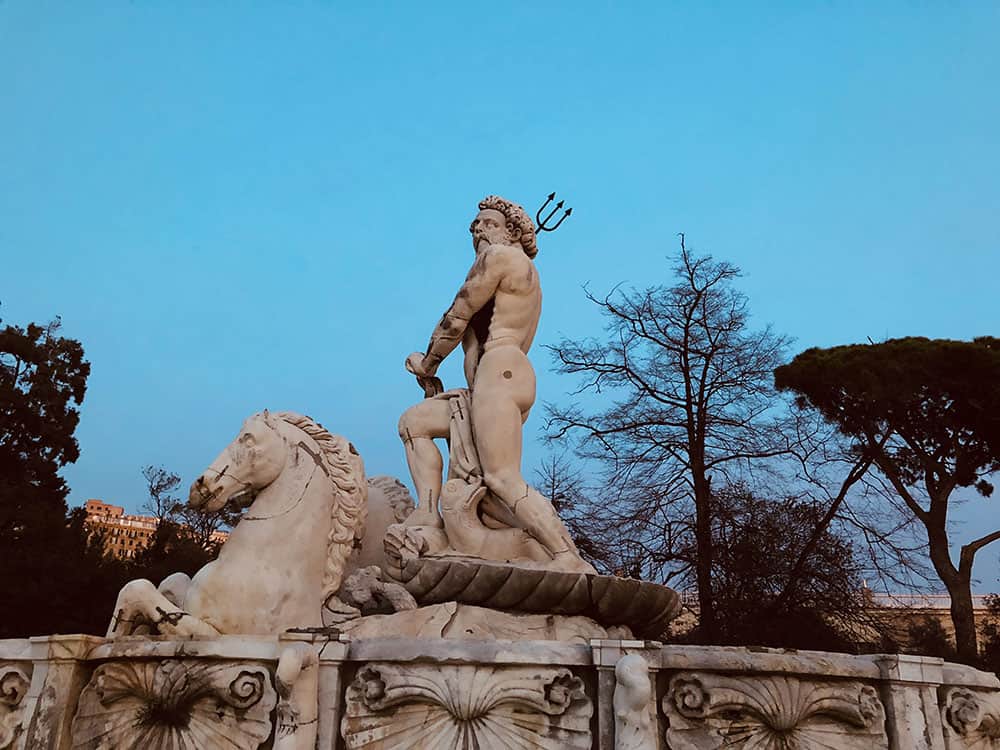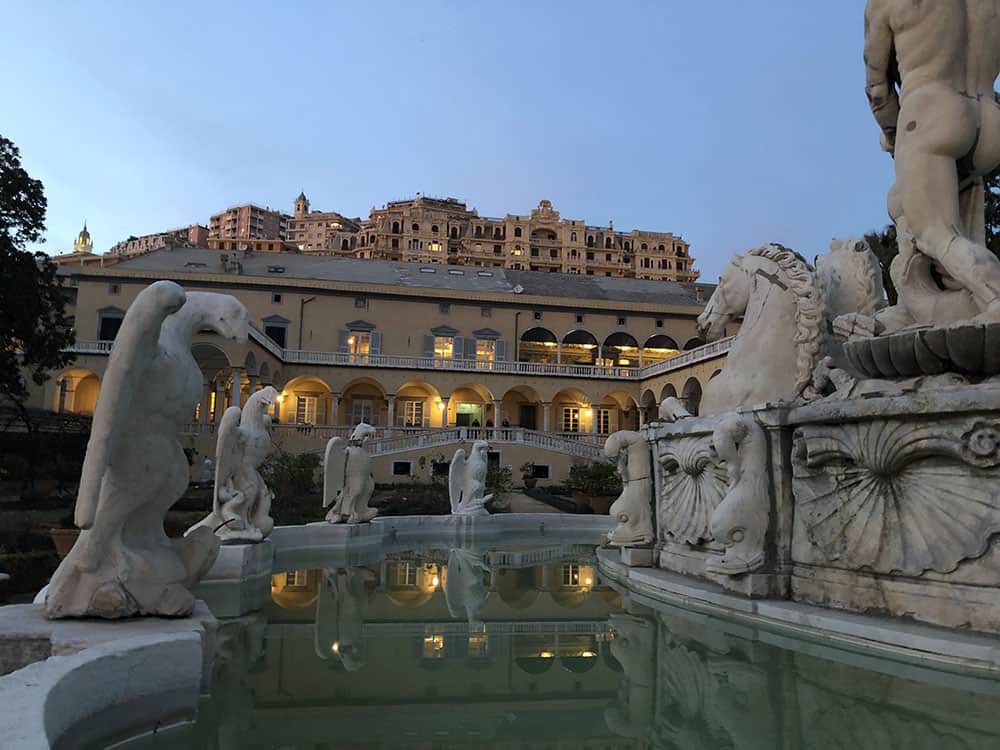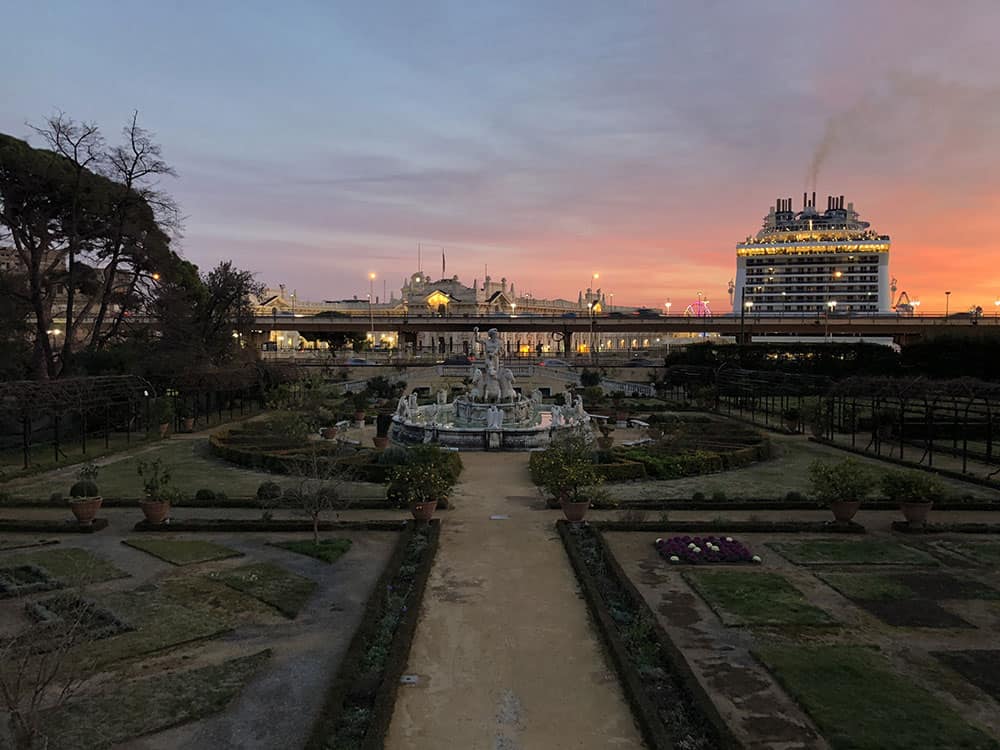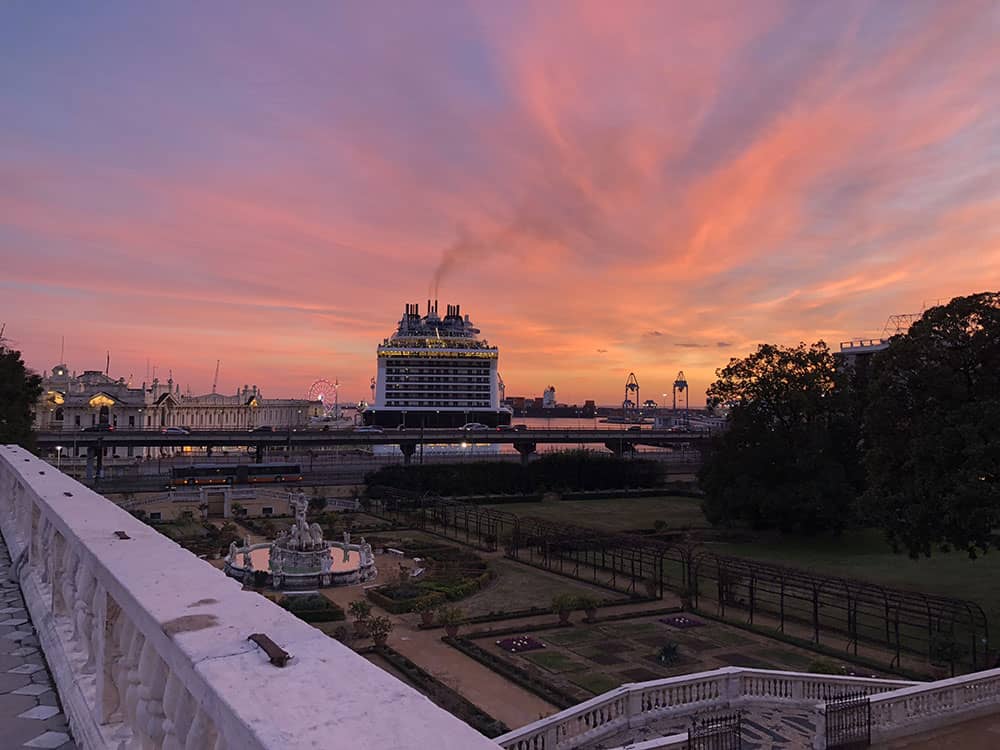Today we want to take you to a place that seems to us like a precious stone set into a metals tangle and you will soon understand why: the largest and most sumptuous noble residence in Genoa, the only Prince’s Villa that the city has ever had, still owned by the Doria family, luckily open to the public.
It was 1529 when Andrea Doria, a valiant admiral and legendary man of arms, started the construction of this palace overlooking the Gulf of Genoa. (By the way, in 1531 he was awarded by the emperor Charles V for his valor as a man of arms with the golden Toson….do you remember Vespasiano Gonzaga? If you want to know more about this valuable honor of the time, check out our article about Sabbioneta).
The city of Genoa boasted an important geopolitical centrality in that time and its landing places were one of the key spots of the “Spanish Way”, which, through the Duchy of Milan and Valtellina, reached Flanders, a strategic crossroads of men, goods, and information.
In fifteen hundred, in fact, the financial strength of the city was such as to make it capable of lending money to other governments, to the Roman Curia, to the Spanish empire and to the greatest European courts.
It all began in 1528 when Andra Doria called the “Prince“, tired of serving France, which at that time ruled Genoa, leaned on the Habsburg emperor Charles V. He set up a large fleet and conquered his own city. Precisely thanks to this conquest, a period of great wealth and splendor began in Genoa, to the point that the city was renamed “The Superb” (La Superba).
Rich, powerful and independent, the Republic of Genoa, continued to grow and embellish with majestic buildings and artworks until the definitive fall of the Republic in 1797.
The wealthy families who ruled Genoa used to build magnificent buildings called “Rolli” (on which sooner or later we will have to make a dedicated article because they represent an episode of noble architecture which is quite particular) in the area surrounding Palazzo Ducale, the political and economic center of the city to host to the illustrious guests visiting for business or political purpose.
The Prince’s villa, instead, was built by Andrea Doria as a personal mansion, far from the intrigues of power and for this reason, it was placed outside the solid city walls.
As we anticipated at the beginning of this article, today the villa is located in the middle of the port area, in a very modest neighborhood that seems completely unsuitable for hosting the grandeur that characterizes the construction in its original settlement.
From the large garden that houses a beautiful lemon house, in fact, you can see the ships in the harbor waiting to sail, a really strange, almost surreal landscape for a princely villa that was the center of Genoa’s political, artistic and social life throughout the sixteenth century.
In 1529 and 1533 it hosted the emperor Charles V and in 1548, Philip II; the chronicles tell about the parties that took place on the sea, the tournaments in honor of the illustrious guests and the fires to celebrate lucky events: a real court that could provide entertainment like a King would do.
Still in nineteenth hundred the villa hosted Napoleon Bonaparte,King Vittorio Emanuele II and Giuseppe Verdi.
The South facade, facing the sea, is characterized by a series of loggias and terraces, arranged asymmetrically, which gives it a very special charm.
Naturally, the subsequent urban reorganization, with the construction of the Marine Station and other interventions, moved the villa’s Italian garden away from the sea, interrupting that architectural continuum: originally it was connected directly to Andrea Doria’s private dock.
The garden has been lately restored with particular care of the botanical selection: following a historical criterion, the effort has been focused on the horticultural arrangements of the time. Therefore the choice included plants and combinations typical of that period, such as the association of flowering species with aromatic plants (the rose with myrtle, rosemary with carnation), including species imported in the sixteenth century from the New World.
The north side of the villa was also destroyed by the railway construction and its monumental stairways, the nymphaeums and an eight-meter high statue dedicated to Jupiter, called by the Genoese “the Giant”, is no longer there.
Perhaps one of the most surprising thing that catches your eye as soon as you enter the building is the “Loggia degli eroi“, an extensive frescoes and stuccos cycle, that portrays Doria Ancestors in mythological features and in the uper vault the the Roman Virtue.
After all, it is a bit like hanging a picture of my grandmother as Diana, the goddess of the hunt … but you know it was a time when the nobles’ ego conveyed itself in art and artists fished in history and in legends to satisfy the ambition of their clients.
Internally, the villa is fully decorated: the rooms are furnished with seventeenth and eighteenth-century pieces and with a vast picture gallery, including works by Sebastiano del Piombo, Domenico Piola and Bronzino, a museum full of hidden treasures that enchant anyone who visits it. Once you have climbed the immense staircase, you are literally projected into an era of wealth, art, battles, leaders, princes, emperors and ladies, in absolute wonder of the Renaissance.
The apartments of the Prince are made up of several rooms, each with its own characteristic: this parade includes, one after the other, the Hall of Roman Charity, the Hall of the Fall of the Giants, the Chamber of Perseus, the Chamber of Sacrifices, the Cadmo Chamber, the Zodiac Chamber, the Paris Hall, and the Hercules Hall.
The museum of Villa del Principe houses three cycles of tapestries, dating back to the fifteenth and sixteenth centuries, for a total of eleven wonders of the European Renaissance.
In fact in Genoa, the art of tapestries had its moment of maximum splendor in this century, thanks to the close economic ties of the Genoese Maritime Republic with Flanders, the region in which the tapestries were woven.
The two tapestries preserved in the Salone dei Giganti, depicting the Stories of Alexander the Great, are considered by experts to be among the most important tapestries of the fifteenth century. Fabrics with gold, silver, silk and wool yarns were made around 1460 in Tournai, in the Duchy of Burgundy.
The works depict several episodes of the biography and legend of Alexander the Great, considered by the Dukes of Burgundy to be a model of political and moral virtue, just and heroic ruler and protagonist of fairytale exploits.
The iconography of these splendid tapestries is based on Alexander’s Novel, a collection of numerous legends that began to be written immediately after the hero’s death and which, through various translations, reached the Middle Ages.
The interesting thing is to see how in these huge tapestries the story was told as in a large comic strip where the events are represented simultaneously even if the reading has its sense that goes from left to right. For example, the first one tells the story of Alessandro’s youth and in the detail, I shot, we can focus the moment when, after the death of his father Filippo, Alexandre’s coronation takes place … can you find it?
In the second detail instead, we see an episode shown in the center of the other big panel draws from the legendary tale of Alexander’s biography: the hero, seated in a sedan chair adorned with precious stones, holds two red rods with two pink hams skewered on top. The four griffins chained to the cage, in an attempt to reach the flesh, flap their wings raising Alexander upwards until they reach Heaven.
I’m not a great lover of tapestries but these are truly extraordinary, believe me!
Certainly, I can’t describe everything you can find in this little big treasure, very little known but take the time to enjoy all the details of the masterpieces that the Doria family gives everyone the chance to see. The truly extraordinary thing is to visit this place of art and beauty in the middle of an almost industrial area, relegated to a certainly not luxurious neighborhood, whose grandeur has nevertheless been completely canceled by modernity.
And if you are lucky enough to come to the Prince’s Palace at the end of the day in a breathtaking sunset as it happened to us, the experience will become unforgettable!
[socialWarfare]

